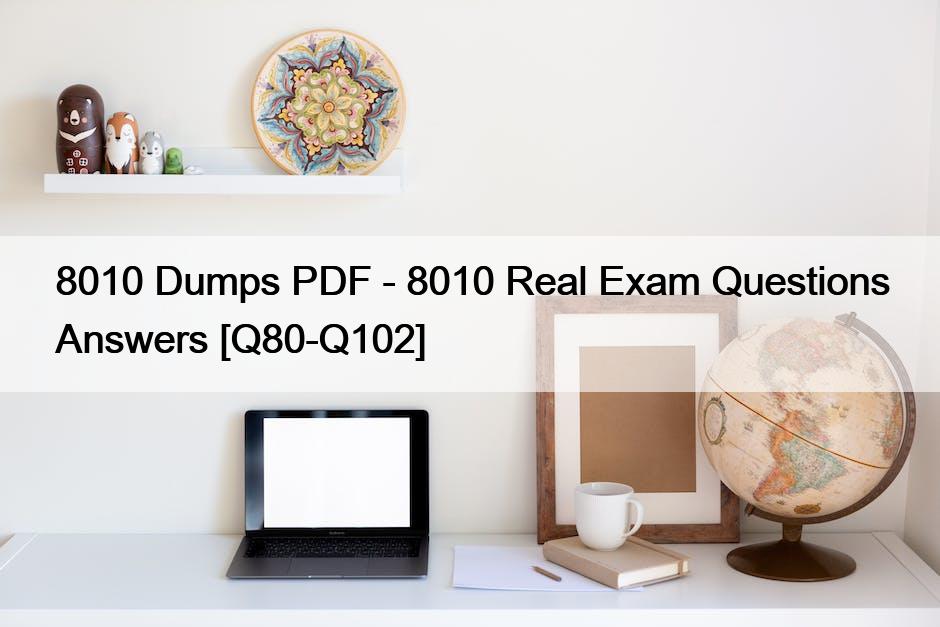8010 Dumps PDF – 8010 Real Exam Questions Answers
Get Started: 8010 Exam [year] Dumps PRMIA PDF Questions
PRMIA 8010 exam is an excellent opportunity for professionals who are interested in pursuing a career in operational risk management. Operational Risk Manager (ORM) Exam certification can help candidates stand out in a competitive job market, and it can also help them develop the skills and knowledge they need to succeed in their careers. If you are interested in taking the PRMIA 8010 exam, be sure to review the exam syllabus and prepare yourself for the exam by studying the relevant materials.
One of the key benefits of obtaining the PRMIA 8010 certification is the recognition it provides. Operational Risk Manager (ORM) Exam certification is widely recognized within the industry as a mark of excellence in operational risk management. It demonstrates that the individual has the necessary skills and knowledge to effectively manage operational risks within their organization. This can lead to career advancement opportunities, as well as increased credibility and visibility within the industry.
8010 Premium Exam Engine pdf Download: https://www.dumpleader.com/8010_exam.html






